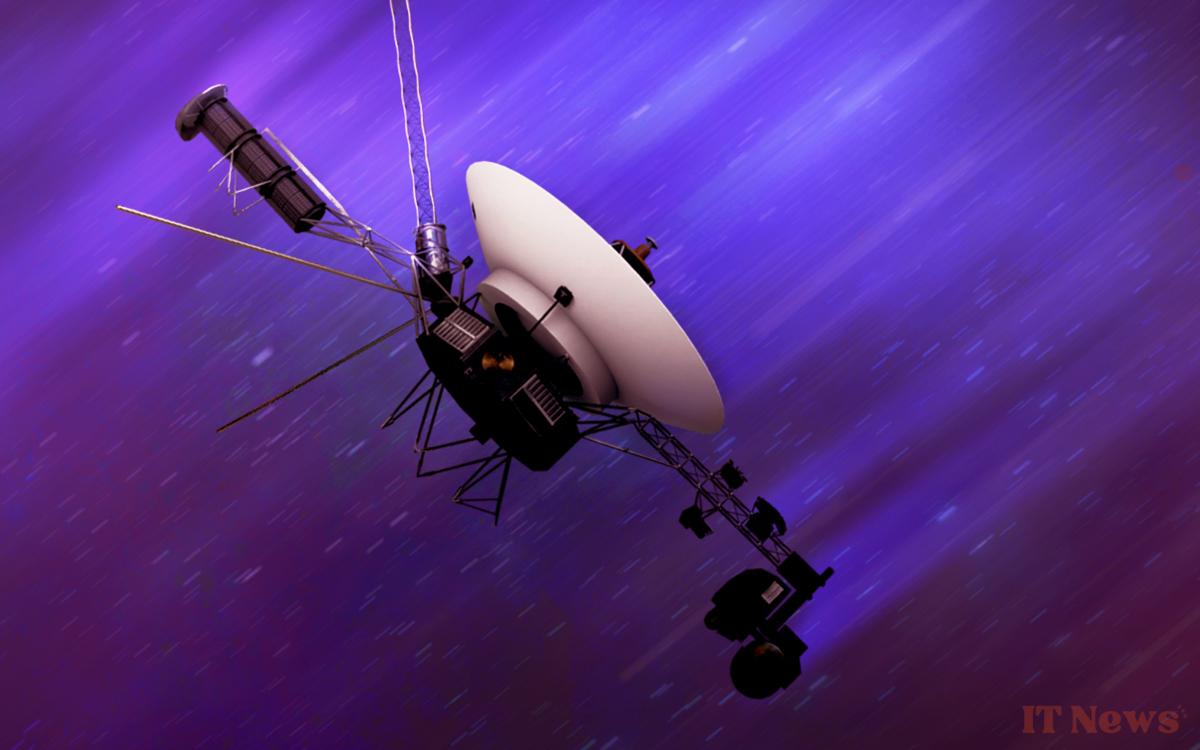Voyager 1, launched in 1977, once again escaped a fatal failure in interstellar space. NASA has just successfully completed a critical maneuver billions of kilometers from Earth to prevent the loss of contact with this legendary probe.
Voyager 1 has been outside the solar system for nearly five decades. More than 24 billion kilometers from Earth, this iconic probe continues its journey into deep space. For NASA, it is a living symbol of human ingenuity, but also a constant technical challenge. Keeping such an ancient machine alive requires precision engineering, comparable to keeping a classic car running without spare parts, without an onboard mechanic, and with a response time of almost 24 hours.
Over the years, teams at NASA's Jet Propulsion Laboratory have overcome countless failures. But in early 2025, a new danger appeared: the main thrusters responsible for stabilizing Voyager 1's rotation were showing signs of jamming. Engineers knew the antenna had to stay perfectly oriented toward Earth, or risk losing all contact. And time was running out: the only one in the space network capable of tracking Earth, in Australia, was due for maintenance in May.
NASA Reactivates Thrusters That Have Been Dormant for 21 Years to Save Voyager 1
In March 2025, engineers attempted a risky operation: reactivating the backup thrusters, which had been disabled since 2004. To do this, they turned on the small internal heaters on these engines and sent commands from Earth. It took two days to receive a response. But the maneuver worked. They restarted, allowing the probe to remain stable and continue its trajectory. This is not the first time that NASA has saved Voyager 1 at the last minute: in October 2024, a backup radio transmitter dating from 1981 was already reactivated to reestablish a broken link. This intervention was essential before Canberra's DSS-43 antenna was shut down for refurbishment until February 2026. Without this repair, Voyager 1 would have been unreachable for months, ending its mission. Thanks to this success, the probe can continue to adjust its orientation autonomously, with a new schedule of corrections. A technical miracle that extends the longest journey ever undertaken by a human spacecraft.




0 Comments